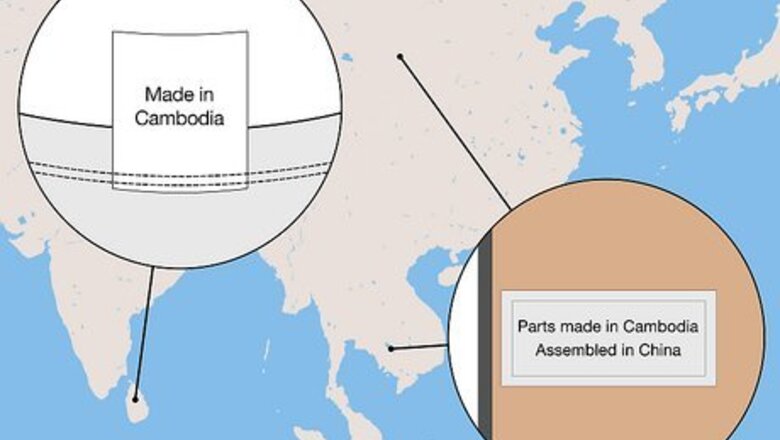
views
X
Trustworthy Source
U.S. Customs and Border Protection
Federal law enforcement agency responsible for monitoring U.S. borders, facilitating international trade, and upholding customs laws
Go to source
Read on to learn everything you need to know about figuring out how much you need to pay in US import duties to Customs and Border Protection (CBP) and when you need to pay them so you can get your goods promptly.
- Determine the country where the goods you're importing originated to find the duty rate.
- Pay the duty rate on the price you paid for the goods you're importing.
- Make a deposit on your duties when your goods arrive in the country.
- With some exceptions, you don't owe duties on goods you import that are valued at less than $800.
Calculating Duties and Taxes Owed
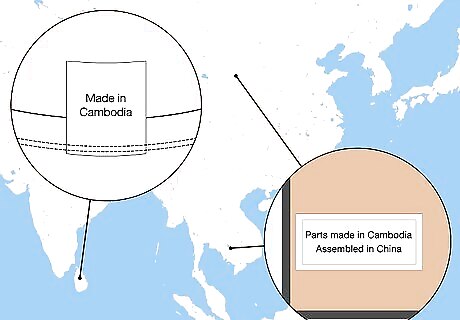
Identify the country of origin of the goods you're importing. This can end up being a really complex issue if you're importing goods that are made of materials that came from different places. Usually, it's the place where the final product was assembled, but there are some exceptions for materials specifically mentioned in free-trade agreements. If you're importing clothing, for example, this is usually as simple as listing the country listed on the tag—if it says, "Made in Sri Lanka," then you're importing Sri Lankan goods, even if you're buying them from a seller in Singapore. With some products, such as electronics, you might need to list multiple countries. For example, you might have a computer that was "assembled in China from components of Cambodia."
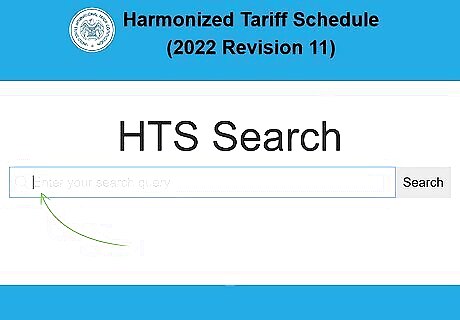
Look up your item in the Harmonized Tariff System (HTS). The HTS has duty rates for basically every item that exists—so, as you can imagine, it's massive. Use the HTS website to search for your item by name, then make a note of the HTS number so you can include it on your customs forms. For example, if you're importing votive candle holders, you'd type "votive candle holders" in the HTS search bar and click "Search." Scrolling down the search results, you see "Votive-candle holders" listed as 7013.99.3500. Click the item on the search results to see the full information for that item. If you have an ad blocker running on your browser, disable it before using the HTS. The database uses pop-ups to provide explanatory information that you'll likely want to access. If you're unsure about the classification, call the nearest port of entry and ask to speak to a CBP import specialist. They can help you figure out the right classification for the goods you're importing so you don't run into any problems down the line.
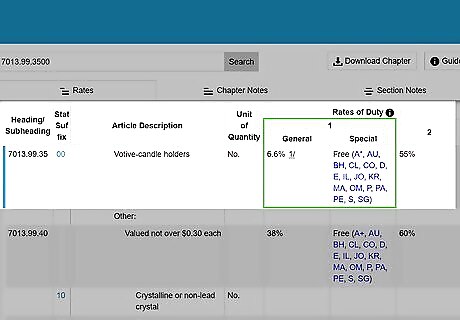
Cross-reference the country of origin to find the applicable duty rate. The columns to the right of the name of the item you're importing have duty rates for your item. Column 1 has the rate for countries with which the US has normal trade relations—this is typically the only column you need to worry about. Column 1 is subdivided into "general" and "special." If your item's country of origin is listed under the "special" heading, no import duties are owed for the item. The duty rates listed in Column 2 only apply to products from countries with which the US does not have normal trade relations—as of 2022, Cuba and North Korea. For example, votive candle holders have a general rate of 6.6%. If you happened to be importing votive candle holders from either Cuba or North Korea, you would pay import duties at a rate of 55%.
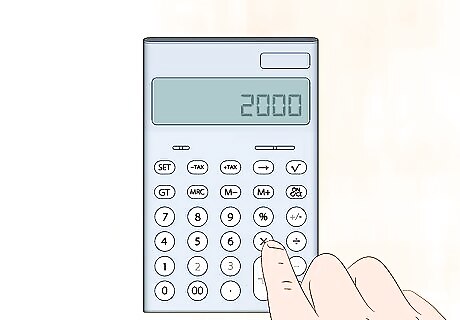
Total the cost of the goods you want to import. Import duties are a percentage of value, which is most commonly calculated as the price you paid for the goods that you're importing. Since you're importing into the US, that price is computed in US dollars based on the prevailing exchange rate—even if you bought the goods in a foreign currency. For example, if you purchased 2,000 votive candle holders at $1 a piece, your total cost would be $2,000. In rare instances, you might need to use more complicated methods to find a valuation of your imports, in which case it's a good idea to work with a specialist rather than trying to figure it out on your own.
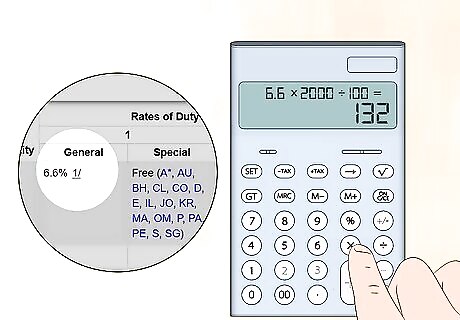
Multiply your total cost by the duty rate to find the duty you owe. Provided you've correctly classified your goods, this equation tells you exactly how much you owe in import duties. Keep in mind, you might still need to pay other federal taxes to import some goods, such as alcoholic beverages or tobacco products. For example, if you purchased votive candle holders from China, your duty rate would be 5.5%. For a total cost of $2,000, you'd owe $110 in import duties.
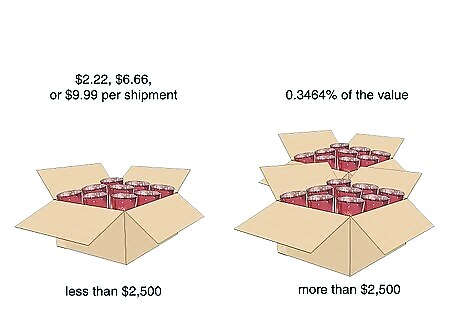
Add the Merchandise Processing Fee (MPF). For goods valued at less than $2,500, the MPF is a set fee of $2.22, $6.66, or $9.99 per shipment, depending on size and weight. For shipments valued at more than $2,500, the MPF is a rate—0.3464% of the value, as of 2022—with a mandatory minimum of $27.75 and a maximum of $538.40. For example, if your goods are valued at $7,500, 0.3464% of that value would be $25.98, so you would pay an MPF of $27.75. Imports from some countries are exempt from the MPF. Look up the country of origin for the goods you're importing on the CBP table of Preferential Trade Programs and Free Trade Agreements to see if your shipment qualifies.
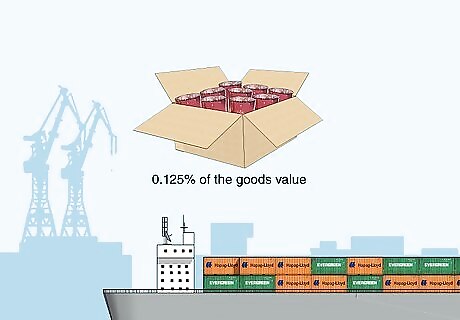
Include the Harbor Maintenance Fee if your goods are being shipped via ocean vessel. This fee applies to freight shipments that are entering the US through an ocean harbor and amounts to 0.125% of the value of your goods. You don't have to pay this fee if you use the international mail service, or if your goods are entering the US through a land or air port of entry.
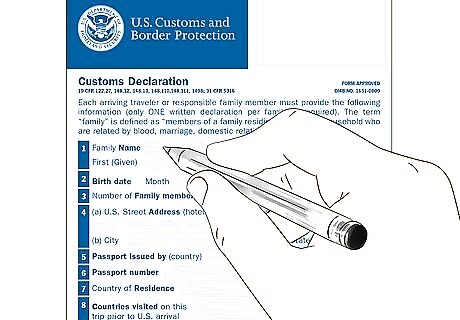
Factor in other federal taxes depending on the goods you're importing. CBP collects federal tax on behalf of the IRS and other federal agencies. These taxes don't apply to imports generally, only to very specific types of products. For example, alcoholic beverages and tobacco products are subject to a federal excise tax. If you're not sure if the goods you're importing are subject to any other taxes, ask a CBP import specialist at your nearest port of entry. They'll be able to tell you. Other taxes, such as state and local sales tax, would come into play if you later sold the goods, but you don't need to worry about those at the import stage. CBP doesn't collect taxes on behalf of individual states.
Importing Goods Valued at Less Than $2,500
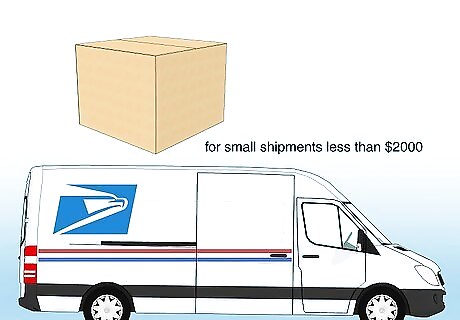
Use international postal service delivery for small shipments. If the value of your goods is below the postal service limit of $2,000, all you need here is a declaration form that includes a description of the goods shipped and their value (which the seller fills out and attaches to the outside of the package). Just pay your duties and fees, if any, when the package is delivered to your local post office. Pros: cheapest delivery, can be handled in a single trip to the local post office Cons: no tracking numbers, can be slow There are exceptions to the $2,000 limit for postal service delivery. If you're importing footwear, handbags, leather, plastics, rubber, and some toys or sporting equipment, the maximum total value is $250. Check the full list to make sure your goods don't fall under any of these exceptions. If the declared value is less than $800, you typically won't owe any import duties, although CBP may charge a processing fee.
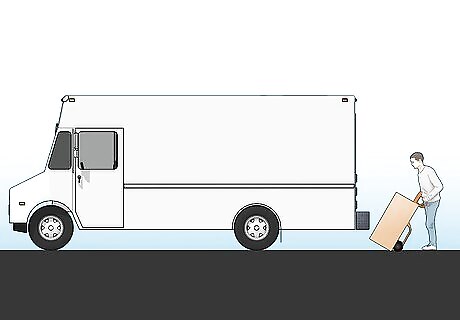
Hire a courier service for seamless door-to-door delivery. Unlike international postal service delivery, courier service delivery includes tracking numbers so you can easily follow your package's route to you. This is also the easiest option for you since all you have to do is sign for the package when it's delivered—no filling out forms or traveling to the port of entry. Pros: tracking number so you can easily trace your shipment Cons: can be costly depending on the size of the shipment
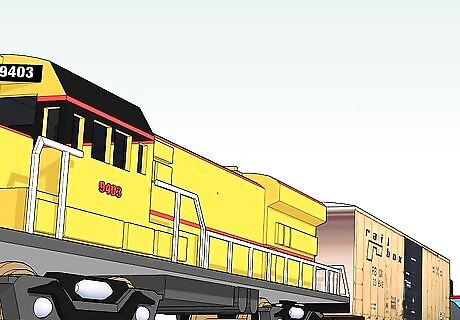
Try freight delivery for oversized or bulky purchases. Courier services typically charge based on weight, so shipping costs can easily mushroom if you're importing something large. For these types of goods, freight delivery is typically cheaper, although you might want to hire a customs broker to clear your goods through customs, even for informal entries valued at less than $2,500. Pros: most economical option for large purchases Cons: freight companies typically don't provide door-to-door delivery, you might have to clear your goods through customs yourself
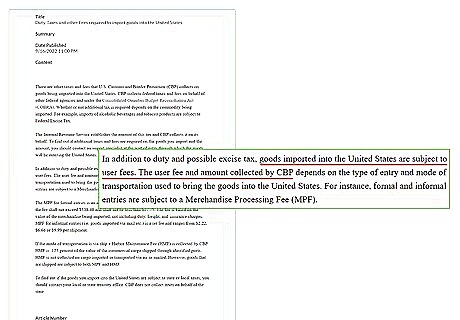
Double-check that duties are included in your shipping and handling costs. Typically, import duties aren't included in shipping and handling costs, but some companies may claim to cover them. This is more common if you're buying something for personal use, or a small quantity of something that wouldn't be subject to duties anyway. Keep in mind that it's ultimately CBP that decides how much you owe in duties—not you, the seller, or the shipper of your goods. If CBP determines you owe duties, you're responsible for paying them. If you used international mail or courier service, you might have to pay duties that were paid on your behalf when your goods are delivered.
Importing Goods Valued at More Than $2,500
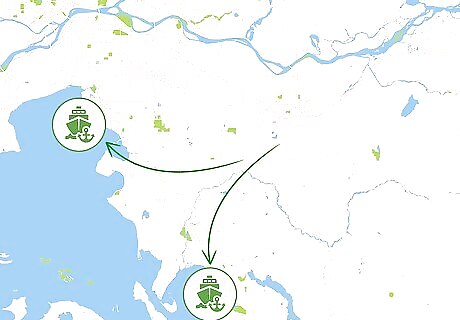
Figure out which port your goods will be entering the country through. Typically, you'll coordinate this with your seller. Decide how you're getting the goods to the country, then find the nearest port of entry to you. If you've arranged for door-to-door delivery of your goods, the port of entry might not matter as much. But it's still a good idea to choose one as close to you as possible—you might have to make a trip to the port of entry if a problem comes up with your goods. If you're importing goods valued at more than $2,500, the CBP requires you to use formal entry, which means filing documentation of your shipment, paying a deposit, and getting a customs bond. You might also have to travel to the port of entry to enter the goods yourself.
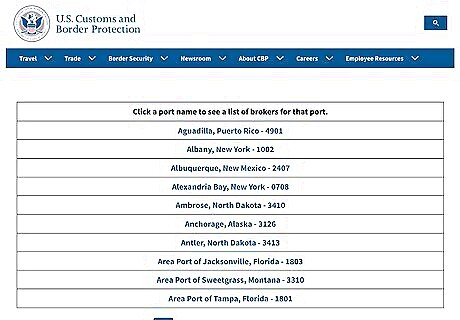
Hire a customs broker to handle formal entry for you. Search your port of entry on the CBP website to find a licensed broker who works out of that port of entry. When you contact them, they'll get information about your shipment from you, then complete and file the paperwork on your behalf and clear your goods through customs so you don't have to worry about it. International courier services, such as Fed-Ex or DHL, automatically use a customs broker to clear your goods on your behalf (and include it in your total shipping cost)—just another benefit of using one of these services rather than trying to deal with everything yourself. Customs broker fees vary depending on the size and complexity of your shipment. For a simple shipment that only involves 1 or 2 types of goods, you'll likely pay a couple of hundred dollars.

Contact an import specialist at your port of entry. Call the port of entry where your goods will be shipped to the US and ask to speak to an import specialist in charge of the type of goods you're importing. They'll be able to walk you through the process and answer any questions you might have. The import specialist will likely encourage you to hire a licensed customs broker, especially if you don't have any experience importing goods into the US. They can help connect you with a broker who operates out of that port of entry.
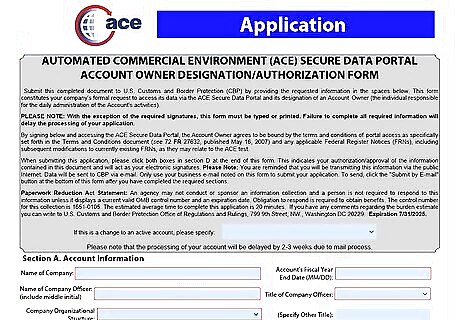
Set up an Automated Commercial Environment (ACE) account to file your documents electronically. Download the account application and fill it out on your computer. When you're done, click the "Submit by E-mail" button at the bottom of the application to send it to CBP. It typically takes CBP 3-5 days to process ACE applications, but might take longer depending on the volume of applications. If your application is approved, you'll get an email with a temporary user ID and password for you to use for your initial login to the system. If CBP can't establish your account, you'll get an email explaining why. You can email [email protected] for more information or to correct any errors on your application.
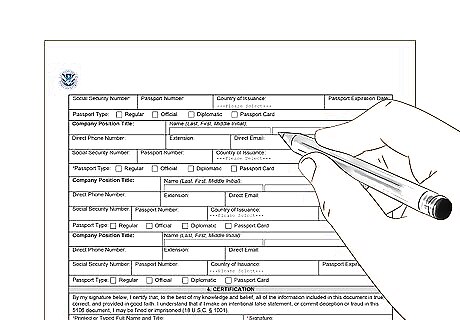
Fill out the CBP entry documents. Log on to your ACE account to access the documents CBP requires to allow entry of your goods into the country. Some of these documents are available on the CBP website and others you'll get from the seller. Here are the documents you'll need for a formal entry: CBP Form 5106 (Create/Update Importer Identity Form) Form 7501 (Entry Summary) Invoice (in English) Packing list (if available) Shipping documents (in English) Any other specialty forms required for your class of goods
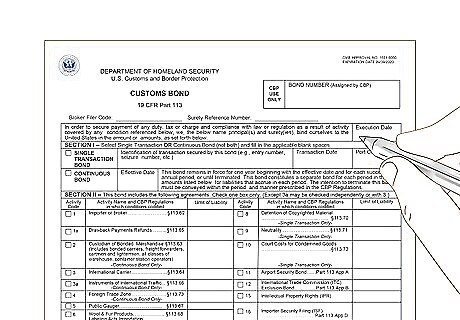
Purchase a customs bond. If you're not working with a customs broker, you'll need to secure your bond on your own from a surety that operates out of your port of entry. For a single entry, get a bond for the same amount as the total duties and fees you've calculated that you owe or for $100, whichever is greater. Fill out CBP Form 301 (Customs Bond) reflecting the details of the bond you purchased and upload it so you can file it through ACE along with your other entry documents. It can take up to a year for CBP to make a final determination on your entry and calculate the duties, fees, and taxes owed. Your bond won't be released until CBP makes this final determination, referred to as "liquidating" the entry.
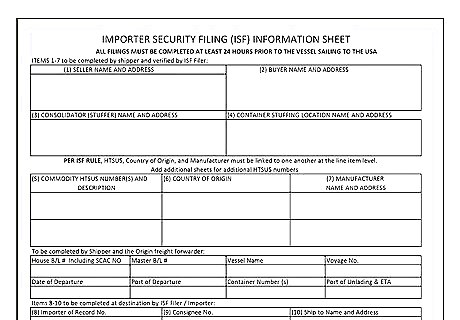
Submit an Importer Security Filing if necessary. This document is only required if your goods will be coming to the US on an ocean vessel and entering through a harbor. If you need to submit one, you can do it through your ACE account. Make sure CBP has it before your shipment arrives to avoid unnecessary delays. Even if you haven't hired a customs broker, your shipper will often take care of this document for you. They usually have agents to file these. If you've arranged for the goods to be shipped on directly to your address, the shipper will normally take care of this for you. Just know that you're ultimately responsible for it.
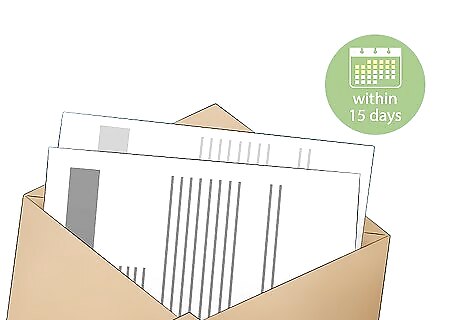
File your entry documents within 15 days of the date your shipment arrives in the US. CBP doesn't notify you when your goods arrive at the port of entry—you'll have to rely on your shipping service for that. The clock starts ticking the moment they arrive, so log on to ACE if you haven't already and get your documents finalized and filed. This is important even if you're working with a customs broker. They'll likely have you look over and approve the forms before they submit them, so you need to make sure you've given them your okay within 15 days of the date your goods arrive.
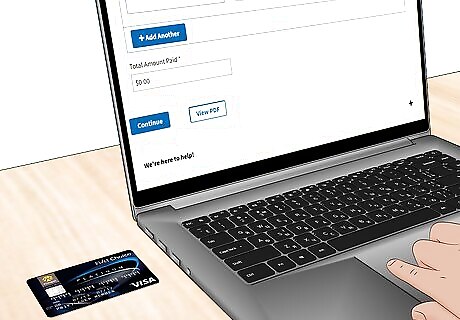
Pay your duty deposit. Use pay.gov to pay the amount of duties and fees you've calculated you owe using a direct ACH debit from your bank account. Since CBP makes the final determination of the classification of your imports and the total amount you owe, this is considered a deposit towards your duties. CBP holds your deposit until it makes the final determination of your duties, then credits your deposit toward the duties you owe.
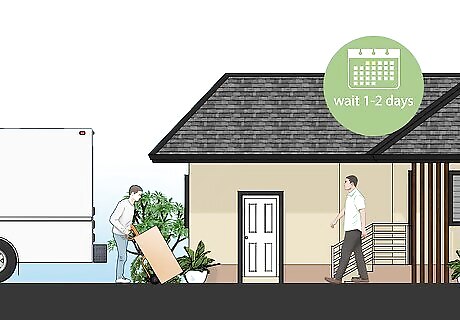
Wait a day or two for your goods to be released. Provided all of your documents are in order, it still usually takes at least 8 hours for CBP to approve entry. Then, the goods themselves have to be transported for release. CBP will release your goods provided everything is in order. If CBP confiscates your goods for some reason, you can file a protest through your ACE account. CBP can require examination of your goods before releasing them. In that case, your goods would be transported to another site for examination before release. This takes at least another day. Remember, even though your goods have been released, that doesn't mean the import process is over. You'll get a statement when CBP has liquidated the entry, which could be up to a year from the date the goods were released. If CBP determines that you overpaid your duties, you'll get a refund plus interest. For example, if you paid a deposit of $2,000 and CBP determined you only owed $1,500, you'll receive a refund for $500 plus interest that has accrued from the date of release. On the other hand, if you underpaid your duties, you'll get a bill for the difference plus interest. For example, if you paid a deposit of $1,000 and your entry liquidated at $1,200, CBP will send you a bill for $200 plus interest.



















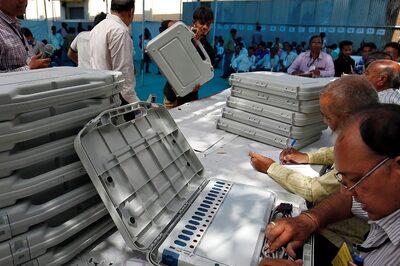
Comments
0 comment